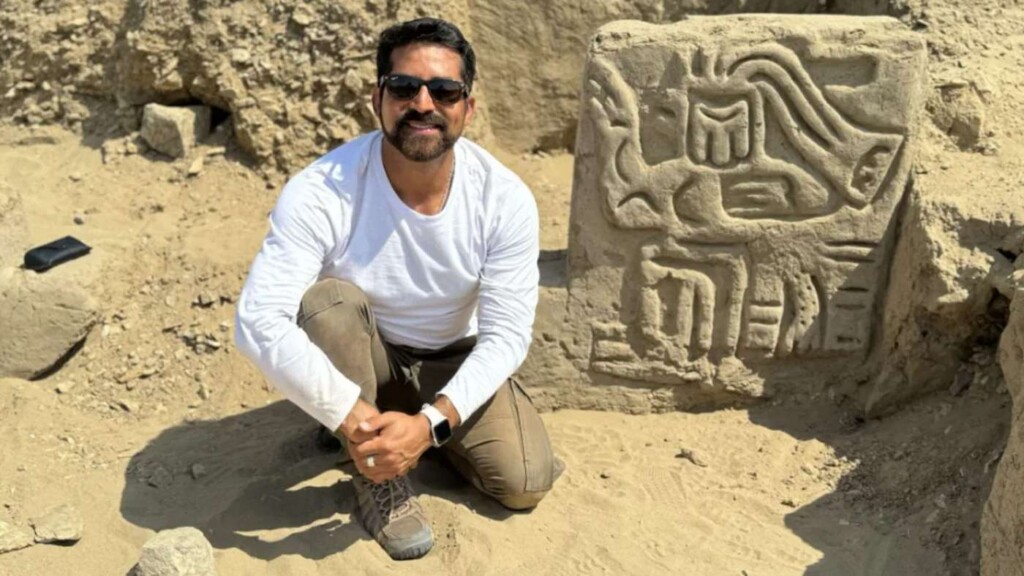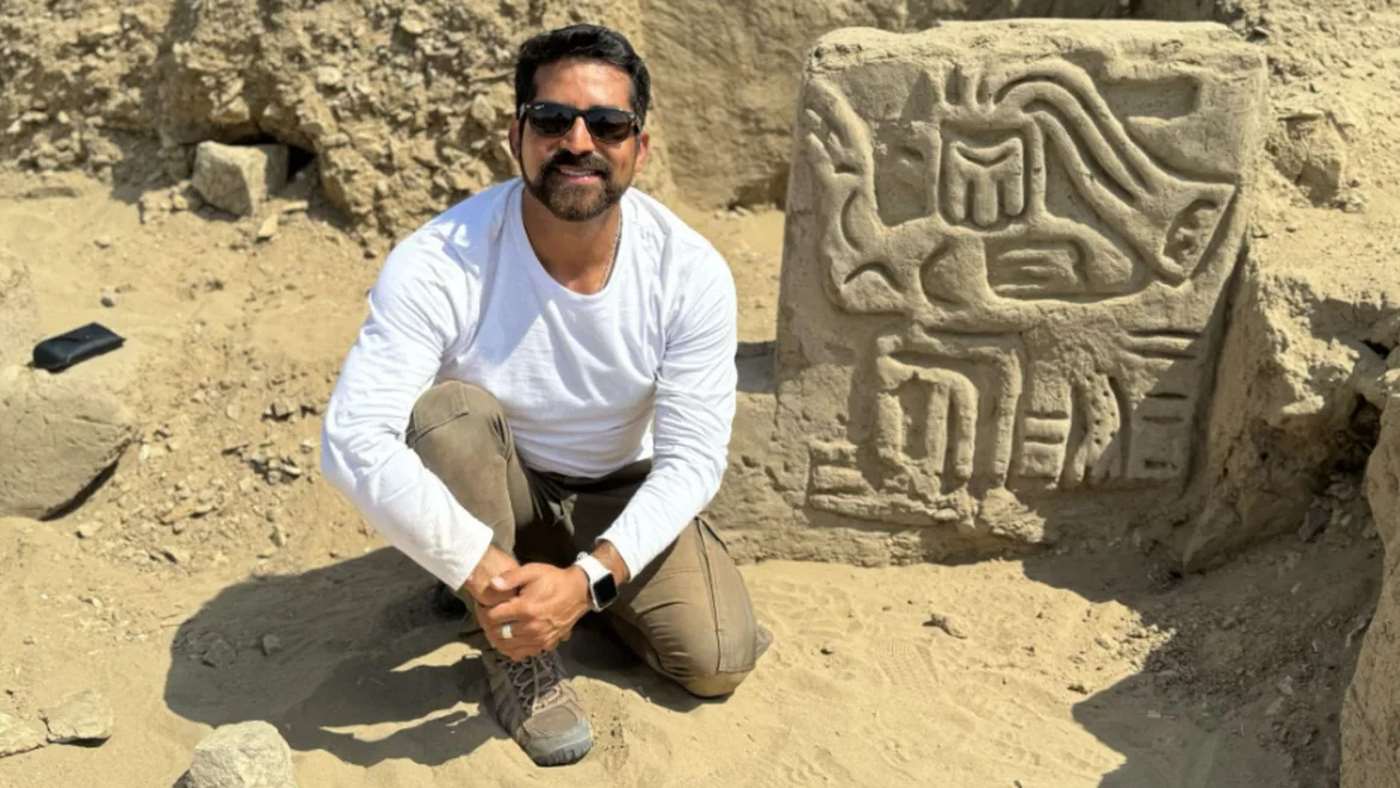
An ancient temple and theater has been identified in Peru as dating back 4,000 years, placing it among the oldest man-made structures in Peru.
Located in the northern Peruvian town of Zaña, archaeologists had been alerted by authorities of looting taking place at a site called La Otra Banda / Cerro Las Animas, and a team from the Field University of Chicago accompanied by institutions in Peru got to work last June.
A mere 6 feet below the surface, the excavators found walls of mud and clay. Extending the survey plot to 33 feet in length, they uncovered what seemed to be a theater—with a backstage area and staircases that led up to a raised platform.
“It was so surprising that these very ancient structures were so close to the modern surface,” Luis Muro Ynoñán, a research scientist at the Field Museum who led the team, said in a release from the college. “This could have been used to perform ritual performances in front of a selected audience.”
Alongside one of the theater’s staircases were carved stone slabs decorated with intricate bird designs that are typical of carvings from a time dating back as far as 2,000 BCE known as the ‘Initial Period’ and that continued until 900 BCE.
If the temple were built during this period, it would long predate the Inca, but even the makers of the mysterious geoglyphs known as the Nazca Lines, as well as another civilization called Moche.
ALSO FROM THIS PART OF THE WORLD: Circular Stone Plaza Moves Up Start of Stone Age Construction in the Andes on Par with Stonehenge
Archaeologists also found several large murals painted on the walls. Muro Ynoñán collected samples from paint pigments, which should provide a very accurate date for the finishing touches on the temple via radiocarbon dating.
Among the major takeaways from the discovery is that this theater perhaps represents the starting pistol of organized religion on a societal scale.
MORE SUCH DISCOVERIES: Extremely Elaborate 2,200-Year-old Tomb Discovered That May Have Belonged to a King–‘Most Complex Structure of its Kind’
It dovetails with the more recent belief of the origin of civilization around the world following the discovery of Gobeklitepe in Turkey—that instead of agriculture being the organizing factor that brought humans out of the hunter-gatherer stage of society, it was religion and ceremony.
SHARE This Crucial Discovery In Northern Peru With Your Friends…




















